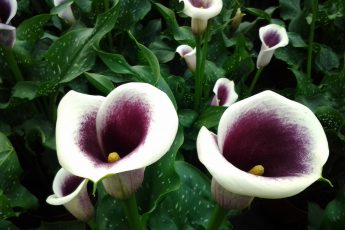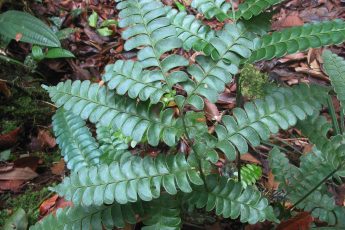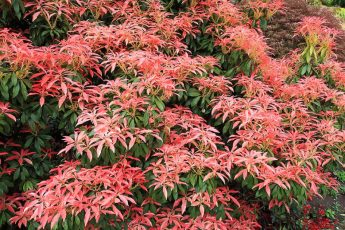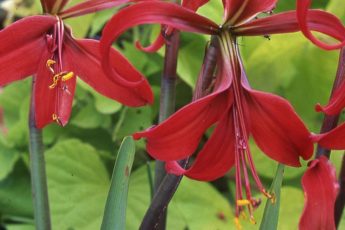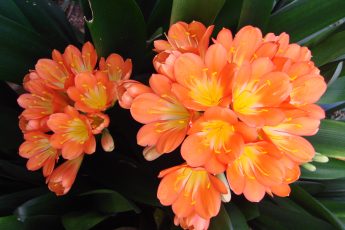Oscularia, a fascinating succulent native to South Africa, is beloved by plant enthusiasts for its easy-to-grow nature and stunning appearance. As a member of the Aizoaceae family, Oscularia charms with small pink or red flowers and dense, waxy foliage. This robust plant is an excellent choice for both novice and experienced gardeners looking to enhance their collection with a resilient and visually appealing succulent.
The Key Characteristics of Oscularia
Oscularia is a low-maintenance succulent that thrives in a range of conditions and can live for many years. Typically, this plant reaches about 20-25 centimeters in height and can spread up to 40 centimeters in diameter, showcasing its steady but gradual growth of a few centimeters per year. Its preference for bright sunlight and its ability to tolerate dry air make Oscularia an adaptable and enduring addition to any succulent garden.
Ideal Growing Conditions
Understanding the optimum conditions for Oscularia is crucial for ensuring its health and vibrancy. This succulent does well in temperatures typical of room conditions during summer, and can withstand heat if necessary. However, in winter, caution is needed as it cannot thrive below a minimum of 50°F. Failing to provide this warmth can result in yellowing leaves and plant demise.
Sunlight and Location
Oscularia loves basking in bright sunlight and can accommodate some direct sun exposure. Placing it on a south-facing window sill is ideal for promoting flowering and healthy branch development. In shaded or overcast environments, the plant’s blossoms become sparse, and the signature waxy coating on its leaves may also diminish.
Soil Requirements
When it comes to soil, Oscularia flourishes in a permeable mix suitable for succulents, which promotes good drainage. Creating a custom soil blend is recommended: mix one part leaf mold, one part calcareous earth, and one part coarse-grained sand or perlite. It’s advisable to avoid peat in the soil mix, and ensure robust drainage to prevent root rot.
Watering and Fertilizing Oscularia
Proper watering technique is vital for the well-being of Oscularia. During the summer months, allow the top layer of soil to dry out between waterings, typically requiring hydration every 10-15 days with soft water. In the cooler months of November to February, reduce watering to once a month, and only water in December and January if you notice leaf wilting. Over-watering can be detrimental, potentially leading to root rot.
Fertilizing during the growth period helps maintain the plant’s health, and a weak solution of cactus fertilizer every four weeks suffices for optimal growth.
Propagating Oscularia
Propagation is an effective way to expand your Oscularia collection. Seeds can be successfully germinated in a well-draining soil mix topped with a thin layer of sand. Plant seeds shallowly, watering them carefully to avoid dislodging. As seedlings reach 3-5 mm in height, they can be transplanted.
Using cuttings is another viable propagation method. Cuttings should be taken from partially lignified shoots at the tips, with the leaves not touching the sand when rooted. Post-rooting, plant several cuttings together in a low pot to encourage bushier growth.
Common Challenges
Though hardy, Oscularia can face issues with pests like mealybugs or suffer from root rot due to over-watering. Insufficient watering leads to wrinkled leaves and drooping shoots, while insufficient light causes stunted growth and smaller leaves. Protect Oscularia from cold winter drafts, which can make leaves flabby, and mitigate sunburn by relocating the plant if dry patches appear.
To keep Oscularia thriving, encourage airflow around the plant during summer and promptly remove spent flowers to foster additional blooms. Regular pruning of stripped shoots during repotting every 2-3 years is also beneficial for maintaining a healthy and aesthetically pleasing plant.
Oscularia is a fantastic candidate for creating mini succulent gardens due to its striking floral clusters and robust texture. With the right care and environment, this South African gem can dazzle and delight for years to come.


